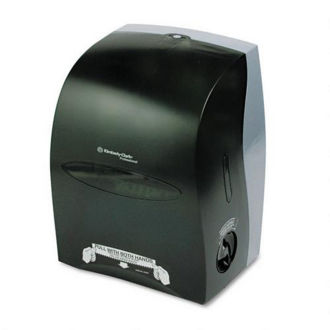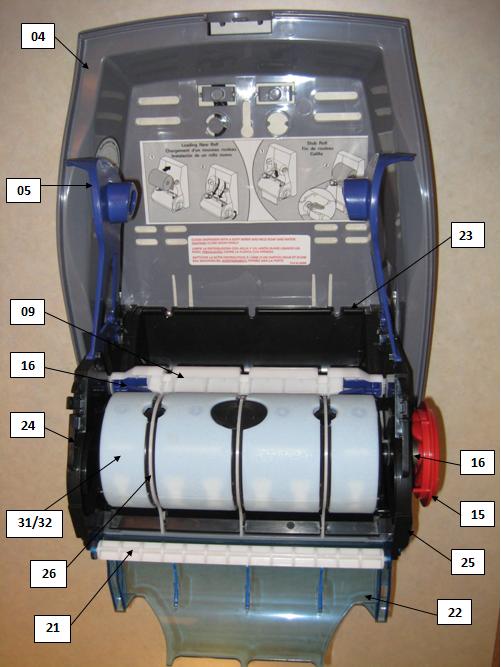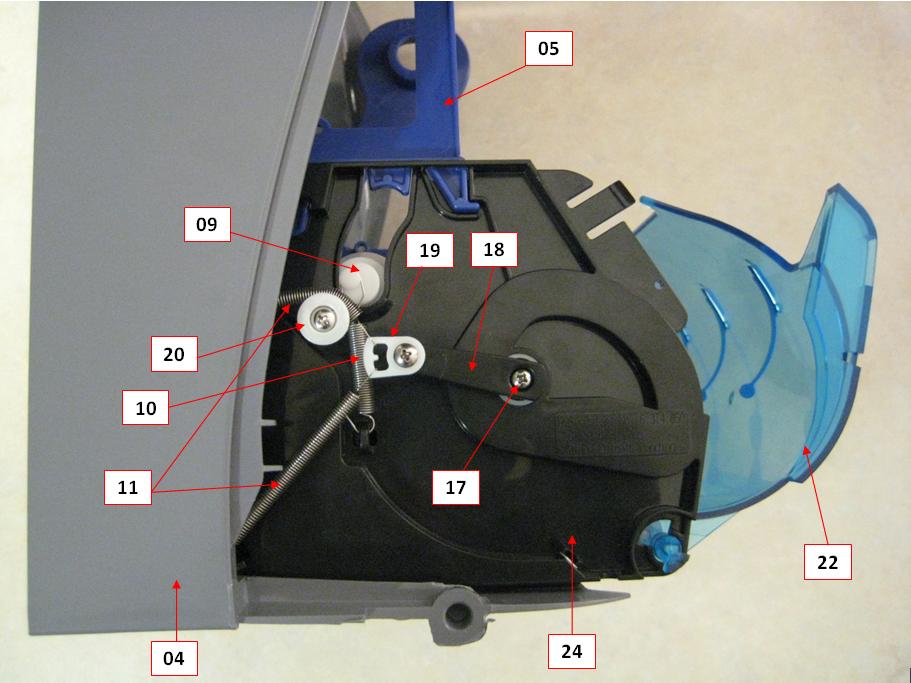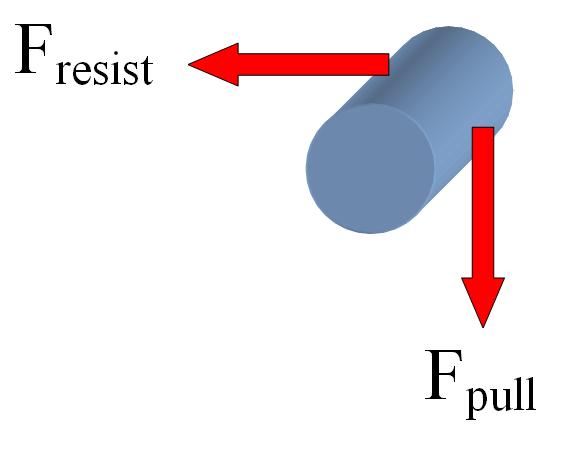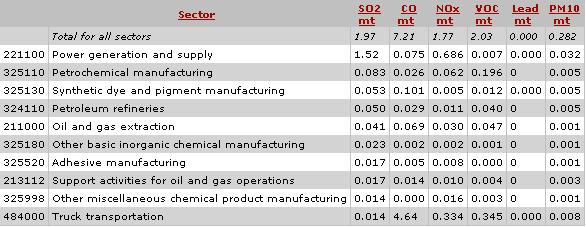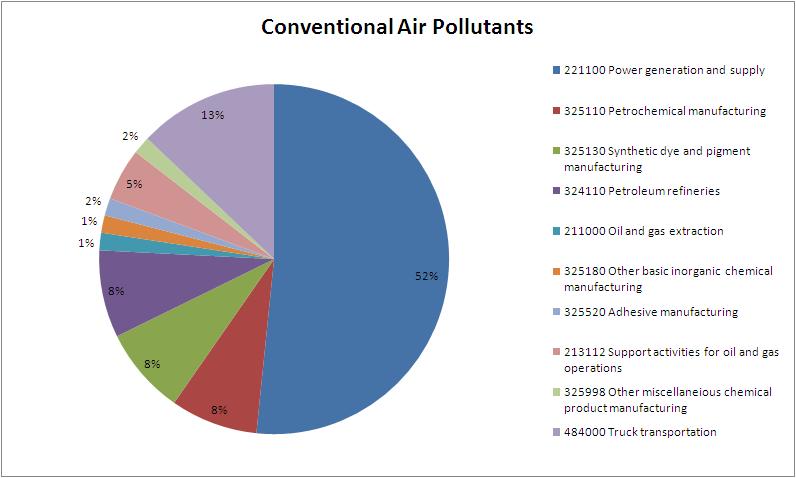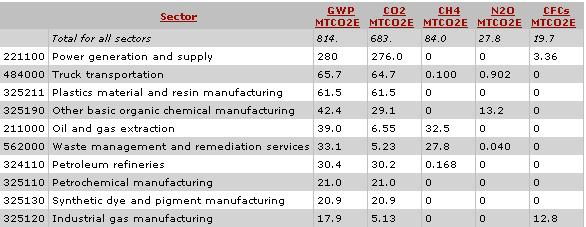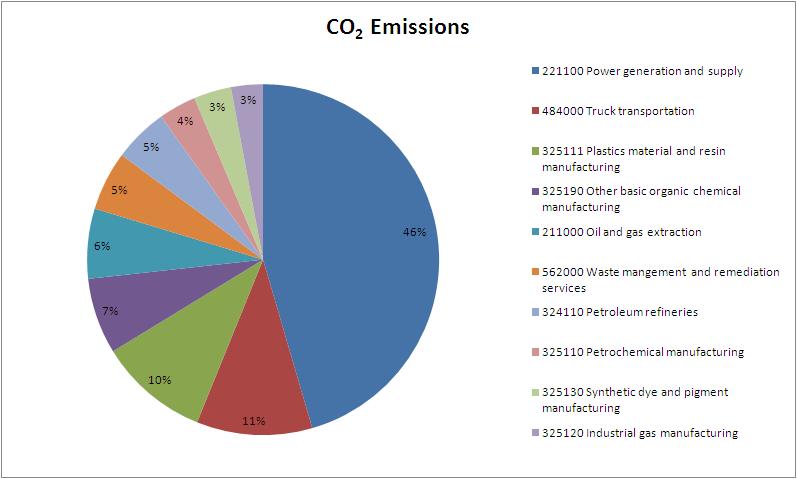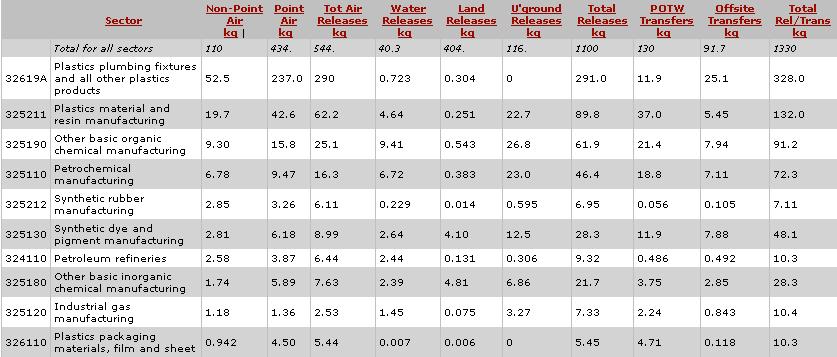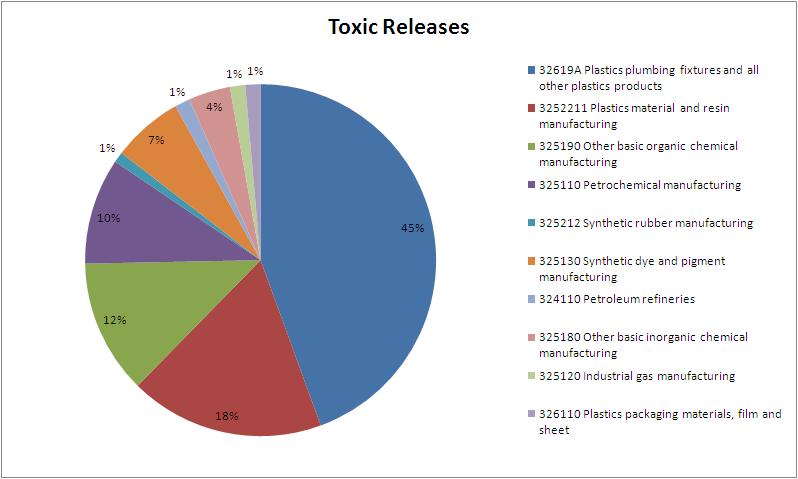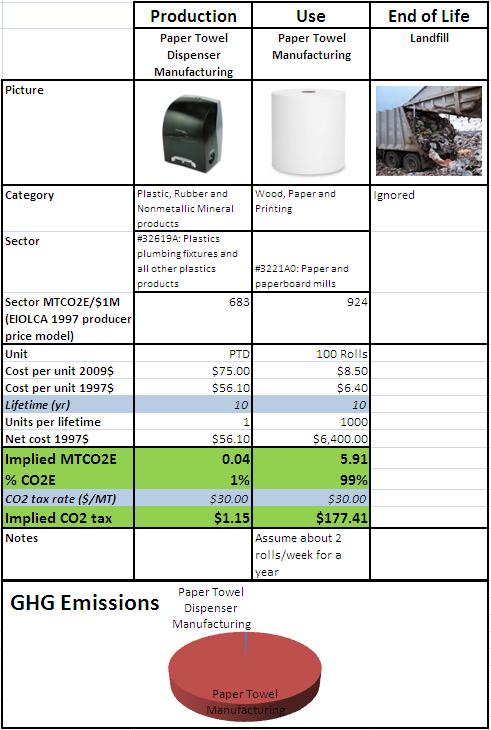Paper towel dispenser
From DDL Wiki
Contents |
Executive Summary
Stakeholders
There are six major stakeholders with regards to the paper towel dispenser: Manufacturer, retailer, customer, user, society. The main needs for the manufacturer are to reduce cost and create a reliable product. For the retailer, it is being able to sell a quality product. For the customer, it is making sure it is an affordable and reliable machine. For the customer, cleanliness and ease of use are paramount. For the maintenance worker, ease of opening and replacing the paper towel are important. Society plays a role with regards to how the use of paper towel affects the ecosystem and earth in general. Listed below are the stakeholders and their respective needs.
Paper Towel Manufacturer
- Material cost
- Manufacturing cost
- Assembly
- Transporting
- Standardize/minimize parts
Retailer
- Cost
- Storage
- Reliability
- Usability
- Transporting
Customer
- Cost
- Mounting
- Ease of use
- Reliability
- Aesthetics
- Safety
User
- Ease of use / ergonomics
- Speed of operation
- Aesthetics
- Cleanliness
- Safety
Maintenance Worker
- Ease of towel replacement
- Safety
Society
- Environment
Usability Study
Assembly Pictures
How it Works
Mechanical Analysis
For the Mechanical Analysis, we decided to determine the amount of force that is required to advance the paper towel roll one sheet. In turn, we can determine the amount of torque that is exerted as a resistance force inside of the paper towel dispenser.
Free Body Diagram
By gradually adding weight to the paper towel, we were able to determine the amount of force needed to overcome the torque of the paper towel dispenser: 1.15 lbs.
Fpull = 1.15 lbs.
Cylinder radius = 1.91 in.
Assume:
- Force is perpendicular to cylinder
- Paper towel does not slip off cylinder
τ=F x d
τ=1.15 lbs x 1.91 in
τ=2.2 lb-in
Parts List
DFMA Analysis
There are several different manufacturing processes involved. Most of the components in the paper towel dispenser are made of plastic so injection molding is the most common manufacturing process. There are still some metal parts used, those are manufactured through punching, stamping and bending processes.
Design For Manufacture
Housings
The various housings, as with many of the components of the paper towel dispenser, are made out of plastic. Even though the types of plastic are different for the different housings, the manufacturing process is the same: injection molding. As mentioned earlier, injection molding is the primary manufacturing process used in the paper towel dispenser. The evidence for injection molding is quite visible, there are multiple points for the plastic to be injected into a mold as well as vents. Each of the housings would have been molded independently and it does not appear that several of the same type of housing were molded together and then separated. The sides of the housings have been manufactured without any notable imperfections
Most of the housings are produced using sensible methods. The spindle housing (Part 22), however, uses far too much material. For almost the entire lifetime of the dispenser, the spindle housing will not be exposed to anything outside the product because the front housing protects everything on the inside. The front housing is usually removed to change the paper towel roll. When this happens, the spindle housing is also removed, so there is no economically justifiable reason to keep manufacture the spindle housing. If it is absolutely necessary, it should definitely be made thinner to decrease unnecessary material cost.
Springs
There are several springs used in the paper towel dispenser. The springs are most likely manufactured from a separate company and purchased by Kimberly-Clark. Most springs are manufactured by coiling a stiff wire, hardening through heat treatment and finishing the spring by adding connection hooks to the ends. The hooks were produced through a bending or curling process. Seeing as how these springs are mass produced, the entire manufacturing process would be conducted by machinery.
Metal Clips and Cutting Teeth
The metal clips and cutting teeth were punched out of metal sheets and then shaped through a bending or stamping process. The punching process is easy to see as there is visible evidence with rough edges and corners of virtually all metal components. Even though steel is a very strong material, thin sheets are very easy to mechanically bend and stamp. The bending and stamping processes require a considerable force (though this is not a major concern because it is conducted by machinery) they do not jeopardize the physical properties of the material to a point where it would impact the reliability or use of the product.
Punching, stamping and bending are simple and efficient manufacturing processes, in terms of both cost and time, as there is no complicated casting involved and no expensive mold needed. The manufacturing of the metal clips and cutting teeth does not need to be improved.
Intricate Plastic Components
The remaining plastic components are manufactured using injection molding. These components are considerably more difficult to manufacture as they have geometries that can only be produced through injection molding. Since the moldings are not very straight forward, they would be more expensive than the simpler moldings for the housing.
This is a complicated, economically inefficient process and it is the most expensive of all the components manufactured. Several of these components are unnecessarily complex, leading to expensive molds for injection molding.
Design For Assembly
Kimberly-Clark paper towel dispensers are made in the United States of America. The assembly process is not simple. As the Parts List shows, there are many different parts and many different steps required to fully assemble the device. If any of the smaller pieces, such as the springs, are incorrectly assembled the system will not function properly. The customer purchases the dispenser fully assembled (with the exception of the mounting) so it must be in perfect working order. The customer will most likely not attempt to use the dispenser until on-site installation is completed. Customers and users will most likely be unable to fix any mistakes in the assembly process because the device is complex and can be confusing for someone who is not familiar with the device.
It is for this reason that Kimberly-Clark would have decided to assemble the paper towel dispensers in the USA where there is higher skilled labor than east Asia and there will be minimal transport cost as they are distributed from the USA as well.
Even though the mechanisms within the main assembly can be quite confusing at first glance, our team was able to decipher how everything worked after taking it apart. Based off of our groups disassembling experience, an assembly plant worker would be able to confidently assemble the entire product within a day or two of training.
FMEA Analysis
Failure mode and effects analysis (FMEA) identifies potential problems of every component in the machinery, lists their effects on the system, and finally provides recommended actions to prevent such failures. The methodology for problem identification depends on ratings of Severity of a failure (S), Occurrence of Failure (O), and Detection of Failure (D). These scales are between 1 and 10 and they are rated in a way that less number of ratings indicates less significant problem and conversely higher rating means more serious failure or effect. The results of a FMEA Analysis (RPN) are calculated by multiplying S, O and D to signify seriousness of the problem.
Conclusion
| Part No. | Name | Function | Failure Mode | Effects of Failure | S | Causes of Failure | O | Design Controls | D | RPN | Recommended Actions | Responsibility |
|---|---|---|---|---|---|---|---|---|---|---|---|---|
| 01 | Front Housing | Protects device from exterior | Fractures, Warped |
| 7 |
| 4 |
| 2 | 56 |
| Reliability
|
| 02 | Front Housing Clip | Holds housings together | Bends |
| 4 |
| 2 |
| 6 | 48 |
| Assembly and Reliablity
|
| 03 | Front Housing Tab | Secures housing clip | Strips |
| 2 |
| 2 |
| 8 | 32 |
| Assembly
|
| 04 | Rear Housing | Holds mechanical components | Fractures |
| 7 |
| 4 |
| 9 | 252 |
| Reliability |
| 05 | Paper Towel Holding Arm | Holds paper towel roll | Bends |
| 6 |
| 3 |
| 2 | 36 |
| Assembly and Manufacturing |
| 08 | Screw Anchor | Holds screw in wall | Fractures |
| 7 |
| 6 |
| 8 | 336 |
| Reliablity |
| 09 | Paper Guide Tube | Guides paper towel to cutting cylinder | Failed |
| ||||||||
| 10 | Spring (uneven hooks) | Holds 09 in place | Deformed |
| 3 |
| 2 |
| 5 | 30 |
| Assembly and Reliablity |
| 11 | Spring (even hooks) | Holds lever to spindle housing | Deformed |
| 3 |
| 2 |
| 4 | 24 |
| Assembly and Reliablity |
| 14 | Locking Spring | Hides screw in turning wheel | Deformed |
| 3 |
| 2 |
| 4 | 24 |
| Assembly and Reliablity |
| 16 | Guide clips for 09 | Guides paper on 09 | text | text | ||||||||
| 18 | Lever Arm | Connects spring to spindle | Breaks |
| 5 |
| 2 |
| 2 | 20 |
| Manufacturing and Reliablity |
| 19 | Spring Connector | Connects two springs to lever arm | Breaks |
| 5 |
| 2 |
| 3 | 30 |
| Assembly and Reliablity |
| 20 | Rounded Spring Guide | Angles spring to desired measurement | Breaks |
| 2 |
| 2 |
| 7 | 28 |
| Manufacturing |
| 21 | Thin Paper Guide | Guides paper out of device | Breaks |
| 4 |
| 3 |
| 1 | 12 |
| Manufacturing |
| 22 | Front Spindle Housing | Final housing before paper leaves device | Fractures |
| 3 |
| 2 |
| 6 | 36 |
| Assembly and Manufacturing |
| 23 | Spindle Housing Back | Back of spindle housing | Fractures |
| 3 |
| 2 |
| 6 | 36 |
| Assembly and Manufacturing |
| 24,25 | Spindle Housing (L,R) | Sides of spindle housing | Breaks |
| 5 |
| 2 |
| 6 | 60 |
| Assembly and Manufacturing |
| 29 | White Teeth Guide/Arm | Guides cutting teeth in spindle | Breaks |
| 3 |
| 3 |
| 6 | 36 |
| Assembly and Manufacturing |
| 30 | Cutting Teeth | Back of spindle housing | Wears,Bends |
| 4 |
| 2 |
| 2 | 16 |
| Manufacturing |
| 31,32 | Spindle | Back of spindle housing | Warps,Breaks |
| 5 |
| 1 |
| 3 | 15 |
| Assembly and Manufacturing |
DFE Analysis
The production of a product has an environmental impact from the creation of the parts that make up the product, to the time when the consumer throws the product in the garbage. In the Design for Environment, we try to reduce or eliminate any harmful byproducts they may result of the manufacture or use of the product. In our case, we studied the Economic Input-Output Life Cycle Assessment (EIO-LCA) of a paper towel dispenser using Carnegie Mellon's EIO-LCA site. This tool allows us to quantify the data involved with the environmental impact of manufacturing a paper towel dispenser. Specifically, we focused on conventional air pollutants, greenhouse gases, and toxic releases.
Each of the categories below were calculated using $1 million dollars of activity in the sector of "326199 All Other Plastics Product Manufacturing." Since most of the paper towel dispenser is made from plastic parts, we feel that this sector is appropriate. The data are from the Industry Benchmark US Dept of Commerce EIO model from 1997, a Producer Price Model.
We are concerned impact this product has on the environment; specifically, if Congress were to pass a CO2 tax, would this have a significant impact on the cost of production of the paper towel dispenser?
Conventional Air Pollutants
Below is a table of the release of conventional air pollutants from the top ten contributors in the supply chain, in units of metric tons (mt).
In this chart of conventional air pollutants, you can see that 52% of air pollutants from the production of the paper towel dispenser comes from the generation and supply of energy. In addition, truck transportation plays a smaller, but still significant role in the production of air pollutants.
Greenhouse Gases
Below is a table of the release of greenhouse gases from the top ten contributors in the supply chain, in units of metric tons of CO2 equivalent(MTC02E).
In this chart, we focused on the emission of CO2 since this is what the government would tax. The generation and supply of energy plays a large role again, taking producing 46% of the CO2 emissions. Truck transportation and plastics material and resin manufacturing play a smaller role, but still impact the emissions to the environment.
Toxic Releases
Below is a table of the release of toxic substances from the top ten contributors in the supply chain, in units of kilograms (kg).
The chart below shows that plastics plumbing fixturs and all other plastics products accounts for 45% of the toxic releases. Another significant part is played by plastics material and resin manufacturing at 18%.
EIO-LCA Paper Towel Dispenser
Below is a table showing the effects of production and use of a paper towel dispenser. This is based on an example given by Professor Michalek and thus, we used the example as a template for our project. We ignored the Distribution and End of Life sections. Since the actual use of the paper towel dispenser requires no electricity, the two components are the dispenser and paper towels.
In this example, the paper towels overwhelm the dispenser in terms of CO2 output. This is because the dispenser only needs to be made once, while the paper towels are constantly being thrown out and replaced.
DFE Conclusion
From the results of the EIO-LCA, we can see that there are many factors that contribute to the release of harmful waste and gases into the environmental. For example, the energy supply causes a large number of CO2 to be released in the air, this may be reduced by the use of renewable resources such as solar or wind. Truck transportation also plays a detrimental role towards the environment. It is difficult to just make trucks more efficient or burn cleaner, but maybe using a strategic network or green-powered locomotives to transport products can reduce the amount of emissions to the environment. We also realize that since most of the paper towel dispenser is made from plastic, it is not biodegradable and would be better if there were a way to recycle the plastic. Another point, is if it is possible to recycle the paper towels after they are used, instead of being sent to a landfill.
Team Member Roles
- Eric Totong: Stakeholders, DFE
- Chang Keun Jung: FMEA
- James Li-Yang Lee: Usability Study, Assembly pictures, How it works
- Nishan Kulatilaka: DFMA, DFA, Parts list
References
Carnegie Mellon University Green Design Institute. (2009) Economic Input-Output Life Cycle Assessment (EIO-LCA) US 1997 (491) model [Internet], Available from: <http://www.eiolca.net/> [Accessed 20 Sep, 2009]
